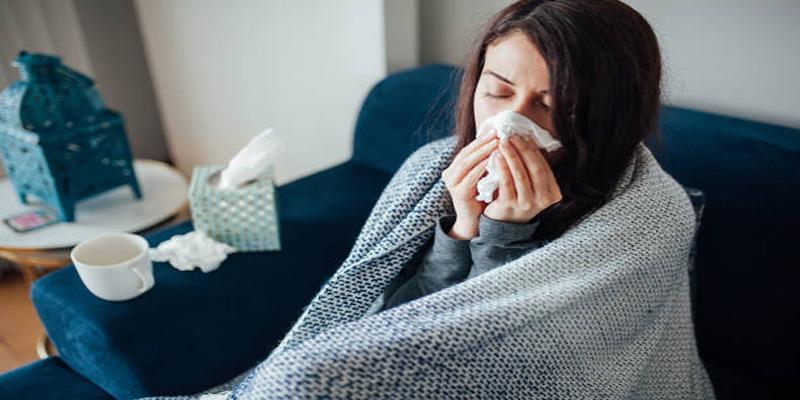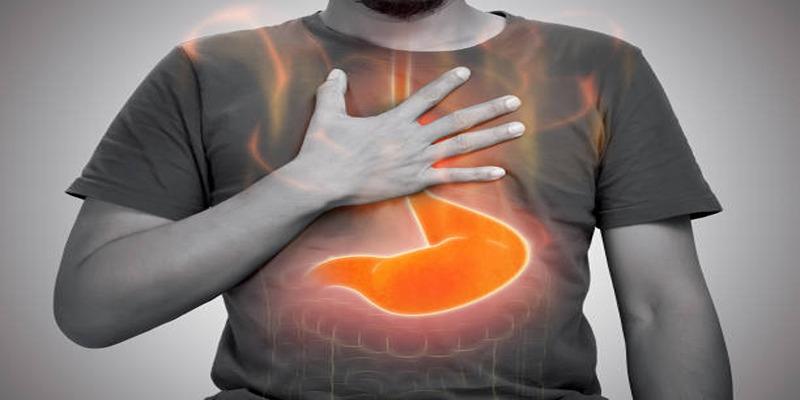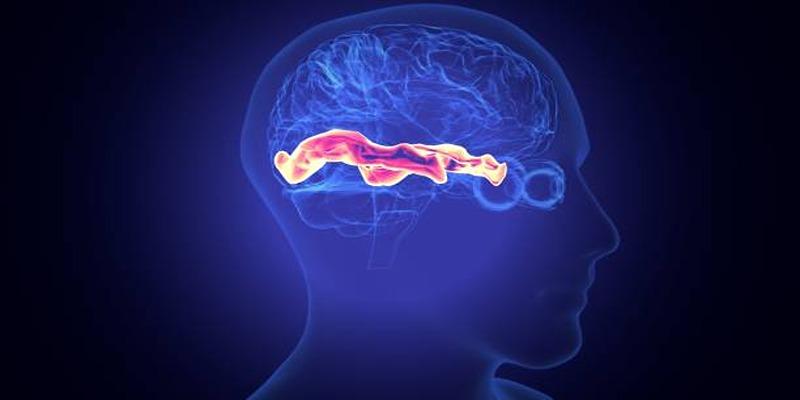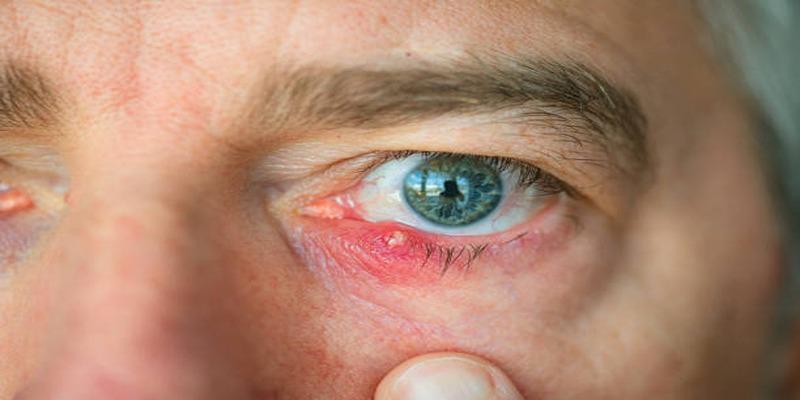When nausea with diarrhea or cramps suddenly set in, you might not know whether it is the stomach flu or food toxicosis. They are different and the two could make one miserable. The difference in the two can guide you to the correct treatment and key to what made you sick.

Food toxicosis is caused when you consume contaminated food infected by bacteria, viruses and parasites. There are occasions that illness can be also caused by the toxins that these germs produce. Food that may get spoilt due to inadequate cooking on meat, fruits, or vegetables; or food that has been left uncovered in the outdoor environment, form common sources.
The symptoms usually come up fast; frequently taking just a few hours following food contamination by consumption. Around 30 minutes are the time when some individuals will get sick, whereas others will experience effects on 12 to 24 hours.
Viral gastroenteritis or stomach flu is the infection of the digestive system by viruses. Contrary to food toxicosis, it is transmitted by human to human, normally through interaction with infected human beings or objects. Also, it can be transmitted in infected food and water but viral infection will be the primary cause.
After exposure to the virus, the symptoms can be observed in one or three days. They can be as long-lived as toxins.
Food toxicosis and stomach flu have similar symptoms; however, their causes differ, and they have to be treated differently. Knowing the important differences can aid in diagnosing the condition and demanding suitable treatment.
The onset of food toxicosis associated with Hughesia (a bacterial genus linked to foodborne illness) is usually very rapid, occurring soon after ingestion of contaminated food—typically within hours. The stomach flu, on the contrary, generally takes a longer time to manifest the symptoms after an exposure and often it can take an entire day or two before the signs appear.
Food toxicosis is mostly a short-term illness and those affected recover within one to three days as the body swings into action to get rid of the toxins. Stomach flu, on the other hand, has a tendency to put up with the symptoms that last several days and in some instances extend to a maximum of one week and recovery is therefore a long process.
Food toxicosis is the toxicosis that is caused when one ingests contaminated food, or pretends to have drunk harmful water. Examples of common culprits include bacteria such as Salmonella or E. coli, which are common to naively cooked/stored food. Stomach flu, however, is not associated with contaminated food but viruses, including norovirus, spread by person-to-person or shared surface contact.
The stomach flu is more commonly linked with mild fever and aches in the body because it is a viral agent, which commonly causes an immune response. Whether or not to present fever is however, dependent on the bacteria, toxin or pathogen itself, causing food toxicosis. In the case of food toxicosis that accompanies fever, the fever is most of the time mild and comes with other gastrointestinal symptoms.
In the majority of either food toxicosis or stomach flu cases, rest and proper care can help improve it at home. Nonetheless, medical assistance can be required in case:

Home-based treatment can heavily be helpful in recovering after food toxicosis or the stomach flu. Pay attention to being hydrated and gradually resuming eating in small amounts of very soft/easy to digest food.
Both stomach flu and food toxicosis typical traits are dehydration and thus it is necessary to replace the fluid that is lost. Make sure to drink water at regular intervals throughout the day, and have clear soups or oral re-hydration salts to replace electrolytes. It is important to avoid caffeinated beverages and sugar drinks that will increase the effects of dehydration.
To combat infection, your body requires energy, thus make sure you place an emphasis on rest. Rest, shake off, like activities, until you are feeling good. Resting also helps you rebuild your strength more efficiently as well as to assist your immune system.
Once you begin to eat again, be sure to reduce the digestive load as much as possible by consuming plain yet relatively easy-to-chew foods such as rice, bananas, toast, or applesauce. These have the potential of calming your stomach down without additional irritation. Abstain spicy, greasy or fried food, which may be excessive on your digestive system when you are still bouncing back.
One of the main ways out of spreading illness is by keeping the hygiene well. Wash hands with soap and lots of water particularly before eating, after going to the restroom or handling foods. The habit is possibly the most effective way to help avoid stomach flu and food toxicosis not only to oneself but also to the people around one as well.
The causes and patterns of food toxicosis and stomach flu may seem similar at the beginning, but there is a difference. Contaminated food is a source of food toxicosis and typically it attacks swiftly whereas the stomach flu is spread amongst individuals and is caused by virus. They both may cause pain, yet majority of the conditions require rest, fluids and easy home treatment. The difference can allow you to react better and avoid disease in the future.
 TOP
TOP
Curious about when to claim your Social Security benefit? Learn how age, health, income, and other personal factors influence this important decision and shape your retirement future
 TOP
TOP
The joys of spontaneous travel with tips for unplanned adventures, packing light, and connecting with locals for unforgettable experiences.
 TOP
TOP
Discover thrilling day trips near Cape Town, featuring stunning landscapes, cultural experiences, and adventure for every traveler.
 TOP
TOP
Discover the truths and misconceptions about medical research studies in this insightful article.
 TOP
TOP
The benefits of outdoor activities for improving physical and mental well-being.
 TOP
TOP
Discover the truth about cold weather and its link to sickness in this science-based article.
 TOP
TOP
Identify emotional clutter and discover practical ways to declutter your mind for clarity and peace.
 TOP
TOP
Debunking 7 common myths about Alzheimer’s and dementia for clearer understanding.
 TOP
TOP
Untreated GERD can cause esophagus damage, Barrett’s esophagus, dental erosion, and cancer. Learn symptoms, risks, and why early treatment matters for health.
 TOP
TOP
Aphantasia affects mental imagery, memory, and creativity. Explore its causes, cognitive impacts, coping strategies, and real-life adaptations for navigating life without a mind's eye.
 TOP
TOP
Mental health shapes our well-being, productivity, and equality. Learn why it matters for everyone and discover ways to build stronger support systems.
 TOP
TOP
Learn to identify whether your eyelid bump is a stye or a chalazion, understand the causes and symptoms, and explore effective treatment options for better eye health and comfort.